What is a paradise garden? How to use ancient design ideas to create a tranquil backyard escape
Discover the key design principles of timeless paradise gardens
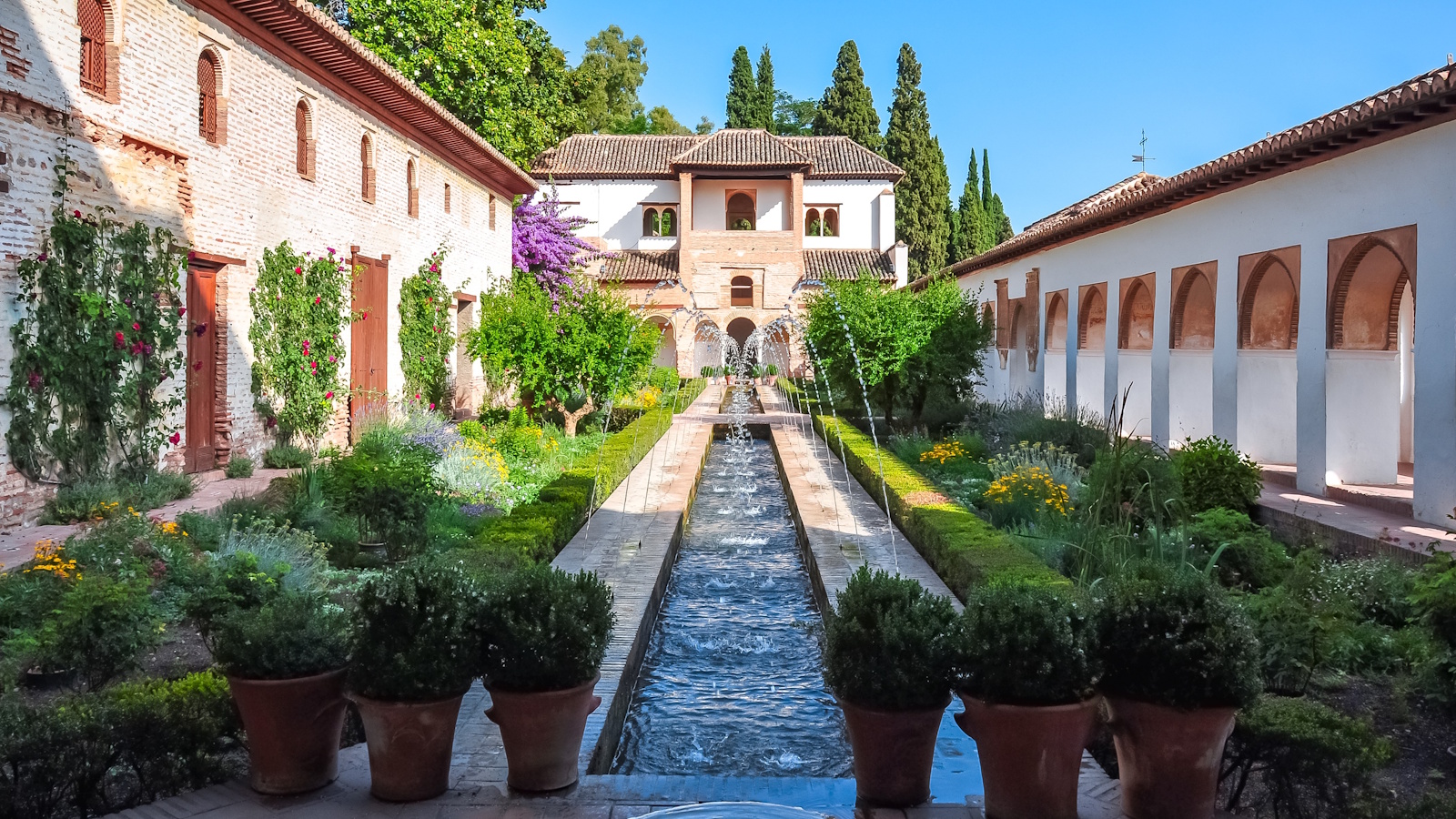

The concept of the paradise garden dates back thousands of years, with historical examples found in Persian, Mughal and Andalusian designs. These gardens were intended as places of peace and reflection, sanctuaries with flowing water and rich in flora. In contrast to naturalistic gardens that are popular today, paradise gardens are deliberate, with planned pathways, viewpoints and contemplative zones intended to create harmony within a confined space.
Perhaps one of the most well-known and iconic examples of a paradise garden is found at the Alhambra Palace in Granada, Spain. I made the pilgrimage to Andalucia several years ago, to visit the ancient fortress for myself. Walking through the gardens on a hot August day, hearing the trickle of fountains and breathing in the scent of citrus was not only beautiful but also meditative.
Here, I share the core design principles of paradise gardens, with advice on how to incorporate these timeless elements into spaces of any size. If you are looking for backyard ideas or you want to create a tranquil retreat in your garden this year, consider incorporating one or more of these ancient design features. Your garden will be all the richer for it.
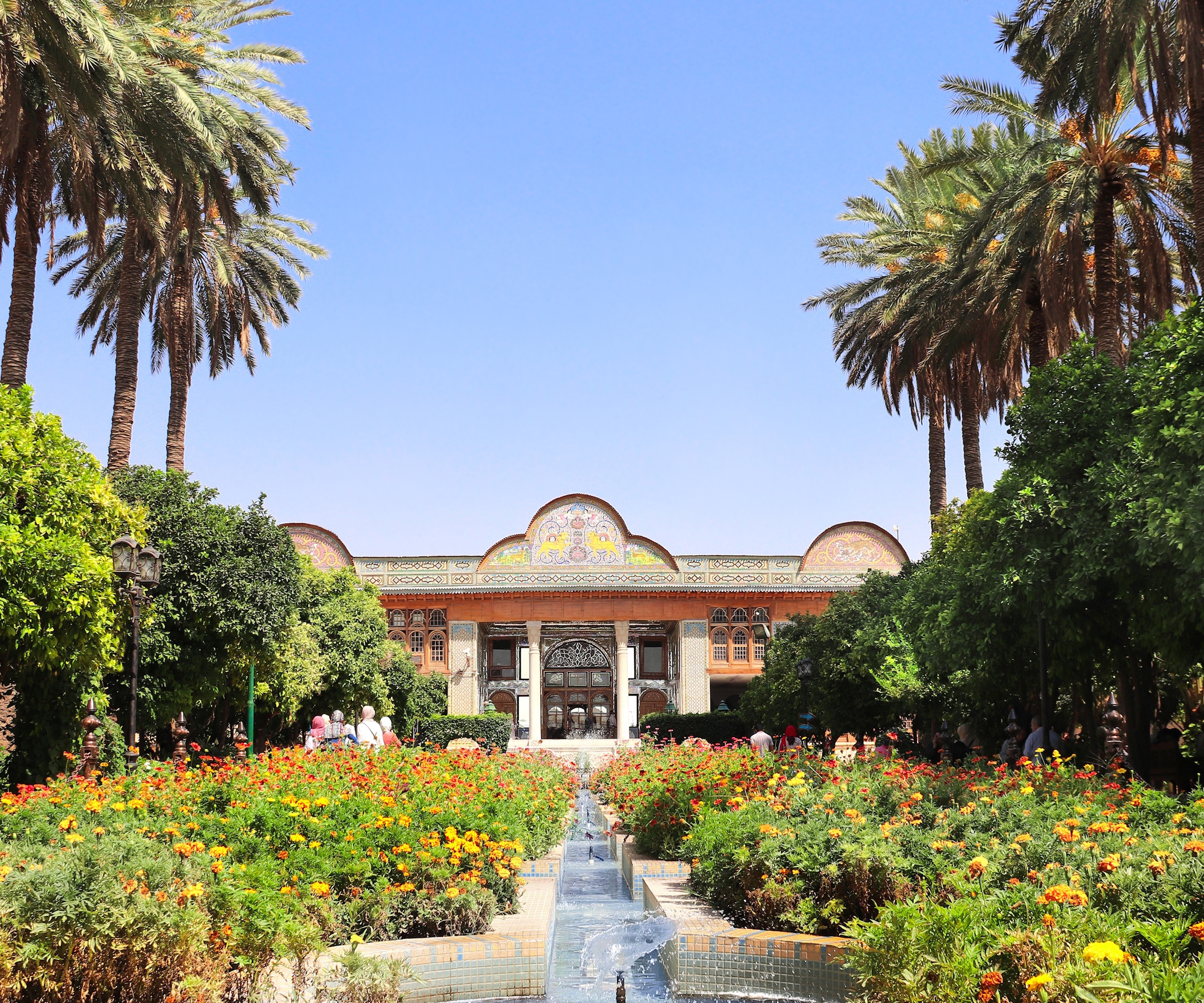
What is a paradise garden?
Anyone can create a paradise garden, regardless of where you live, the climate or US hardiness zone. As with all formal garden designs, however, paradise gardens tend to require far more maintenance than naturalistic spaces. So, before you begin, think about how much time and effort you are prepared to dedicate to yard maintenance each week.
Key elements of a paradise garden

Paradise gardens are all about symmetry and balance. Traditional designs, as can be seen in the images here, follow a geometric layout, often divided by water features and pathways, surrounded by pots and plants on all sides. Avoid round or organic shapes, and stick to using square or rectangular borders, beds, pathways and ponds.
'Water is the essential central element in any paradise garden,' says Ryan Farley, garden expert and lawn care specialist. 'I have seen small fountains to large koi ponds being used in paradise gardens to great effect.
'I would say the most important thing to consider when you're looking at water features is maintenance,' Ryan adds. 'Even small fountains and ponds require cleaning, refilling and pump maintenance. However, if you are prepared to do a little work, installing a central water feature can help to focus the space, and from there, a paradise garden can develop.'
This can work even for narrow garden ideas, and often, narrow rills are used through smaller spaces to create movement. This soothing sound of running water makes any paradise garden a sensory experience.
'Enclosure is another defining element of paradise gardens,' says Rafi Friedman, garden expert and President of Coastal Luxury Outdoors. 'Topiary, hedging or high walls can help to create a feeling of seclusion and protection in any space. These barriers not only offer privacy but also help control the microclimate, providing shade during the high heat of summer.
'Contemplative zones are also important,' Rafi adds. 'Shaded seating areas should be strategically placed for rest and relaxation, often under pergolas or tree canopies, creating a space that feels much like a hidden paradise, without leaving your backyard.
'Strategic use of trees and hedges is a good way to create this effect, though it takes several years for them to fully establish. A quicker alternative is to use pergolas and climbing plants to frame secluded seating areas in your paradise garden.'

Rafi Friedman is the president of Coastal Luxury Outdoors, a pool building, construction, and cleaning company based in Florida. Coastal Luxury Outdoors provides a five-star service to over 1,000 clients, building more than 100 pools annually.

Ryan Farley is the CEO of LawnStarter, a lawn care service founded in 2013 and based in Austin, Texas.
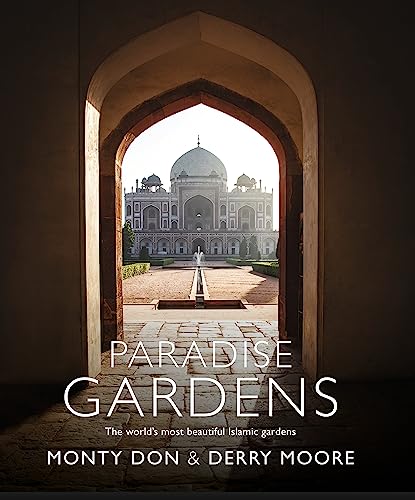
British gardener, Monty Don and acclaimed photographer, Derry Moore, reveal how paradise gardens have influenced design around the world in this beautiful book.
Planting ideas for a paradise garden
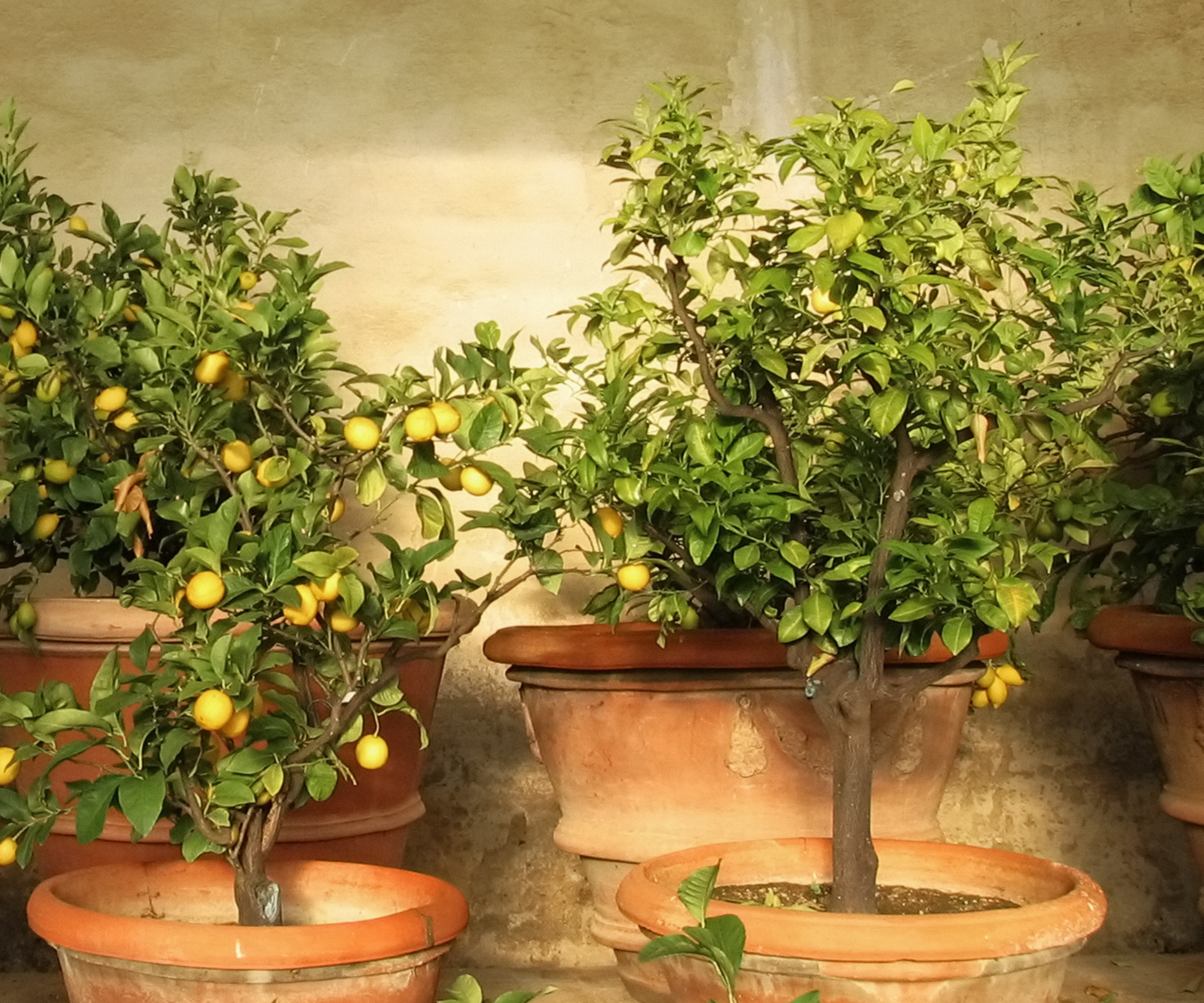
The planting in a paradise garden should be lush and dense. Any trees, shrubs or perennials must be carefully chosen to add fragrance, texture, and color to the space.
Many traditional paradise gardens often feature fruiting trees, such as citrus, pomegranate and fig, although any number of fruit trees for small gardens would do the job. Live fig trees are available from Walmart.
If you reside in a cooler climate, such as US hardiness zone 6, try growing almond trees in pots, which will prove more resilient than figs or citrus during cold weather. One final tip for fruit trees is to use large terracotta pots, preferably that appear weathered or aged, which will create a timeless aesthetic that is so associated with paradise gardens.
For more inspiration, draw on Mediterranean garden ideas, thinking about fragrant plants that would do well in warmer climates, such as Spain or Italy. Learning how to grow jasmine in pots, for example, would be a good idea to add color, texture and scent to a space, but so too would sage, rosemary or lavender.
Some of the best climbing plants should also be used to mask boundaries, helping to make your space seem bigger than it is. Filling walls and fences with wisteria or honeysuckle will also invite pollinators to visit your plot during the growing season, which can only be a good thing.
I recall seeing the trumpet vine, Campsis radicans, covering entire walls at the Alhambra Palace, which would be another good option when seeking to create a lush backyard escape. Be warned, however, that the trumpet vine is vigorous and classified as an invasive climber in several US states.
Finally, think about using structural or architectural plants, such as agapanthus or alliums which have perfectly spherical blooms. In addition, star-like waterlilies or American lotus flowers could also be used in ponds, maximizing the color of your water garden. Waterlilies are available to order from Amazon.
How to design your own paradise garden

If you want to create a paradise garden in your yard, the first consideration should be structure. Start by measuring the space, going on to map out and divide your yard into symmetrical sections. Use pathways or hedging to define different areas.
As mentioned above, a central water feature, such as a small fountain or pool, can serve as the focal point, and all viewpoints in your yard should lead to this. You should also think about having a seating area that is ideally shaded towards the rear of your space.
If space is limited, you can still implement paradise garden principles in a small courtyard or patio. Simply use a smaller central water feature that is surrounded by potted citrus trees and fragrant climbing plants, which will help to transform even the most compact area into a serene haven.
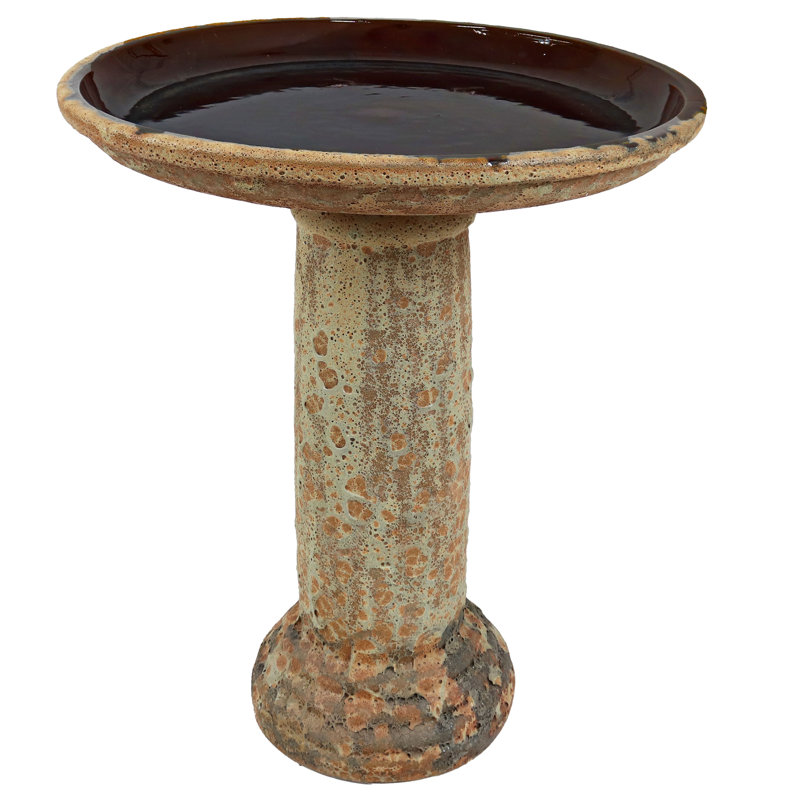
This bird bath is made from frost and UV-resistant ceramic and is able to withstand challenging weather in winter and summer.
FAQs
What are the down sides to paradise gardens?
Paradise gardens can be time-consuming to maintain and expensive to implement. While they look tranquil and calm, they can be quite the opposite in terms of weekly maintenance, with water feature cleaning, topiary pruning and fussy fruit trees to contend with. To begin, you might consider redesigning a small section of your yard, to ascertain if paradise gardens are right for you and your space.
Pots are an important part of paradise gardens, and while there are many container garden trends, simply filling aged terracotta pots with herbs and ornamentals can help elevate even the smallest of spaces. Just be sure to water your container garden through spring and summer, as plants can quickly dry out as the temperature rises.
Sign up to the Homes & Gardens newsletter
Design expertise in your inbox – from inspiring decorating ideas and beautiful celebrity homes to practical gardening advice and shopping round-ups.

Thomas is a Content Editor within the Gardens Team at Homes and Gardens. He has worked as a professional gardener for both public spaces and private estates, specializing in productive gardening, growing food and flowers. Trained in Horticulture at the Garden Museum, he has written on gardening and garden history for various publications, including The English Garden, Gardens Illustrated, Hortus, The London Gardener and Bloom. He has co-authored a Lonely Planet travel book, The Tree Atlas, due out in 2024.
You must confirm your public display name before commenting
Please logout and then login again, you will then be prompted to enter your display name.
-
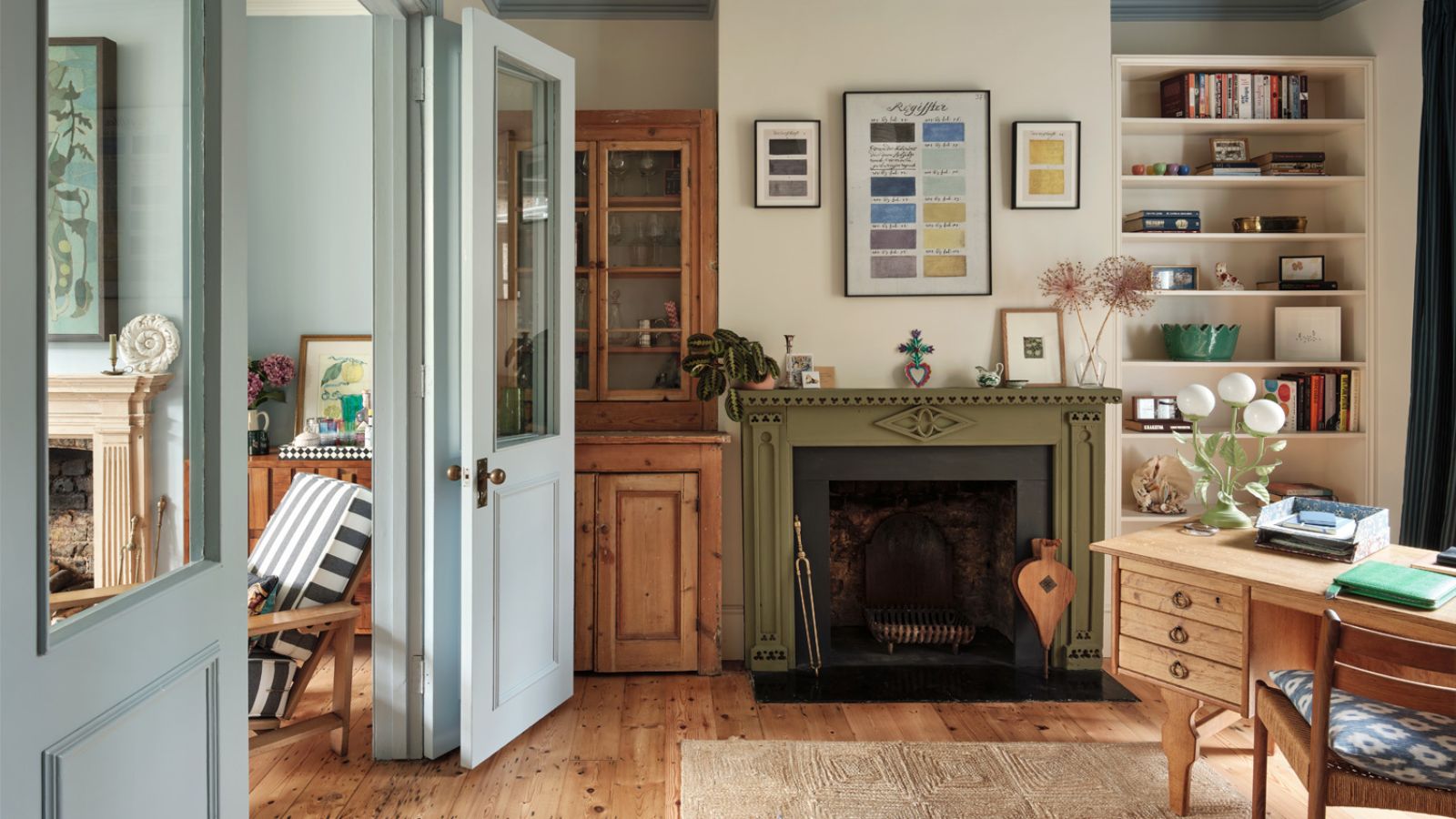 5 surprising but brilliant ways to clean with old socks – from perfectly buffing stainless steel to deterring pests naturally and more
5 surprising but brilliant ways to clean with old socks – from perfectly buffing stainless steel to deterring pests naturally and moreTackle dust in tricky corners, clean your mirrors and even banish bad odors with those rogue single socks
By Andy van Terheyden Published
-
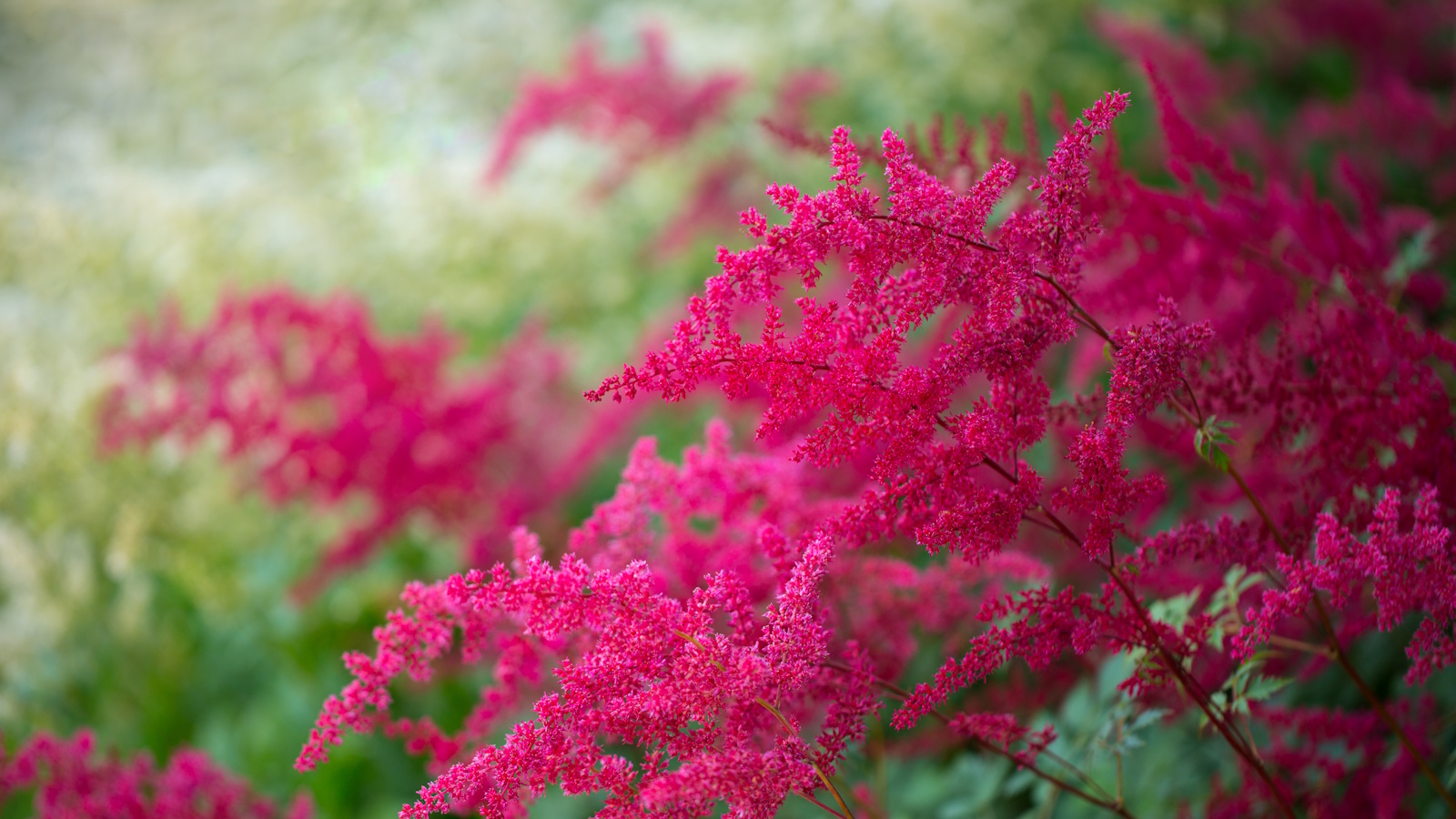 How to grow astilbe – expert advice on cultivating this shade-tolerant flowering perennial
How to grow astilbe – expert advice on cultivating this shade-tolerant flowering perennialShade-tolerant and pest-resistant - astilbe are hardy and tough perennials that can thrive in many settings
By Ellen Wells Published
-
 How to grow astilbe – expert advice on cultivating this shade-tolerant flowering perennial
How to grow astilbe – expert advice on cultivating this shade-tolerant flowering perennialShade-tolerant and pest-resistant - astilbe are hardy and tough perennials that can thrive in many settings
By Ellen Wells Published
-
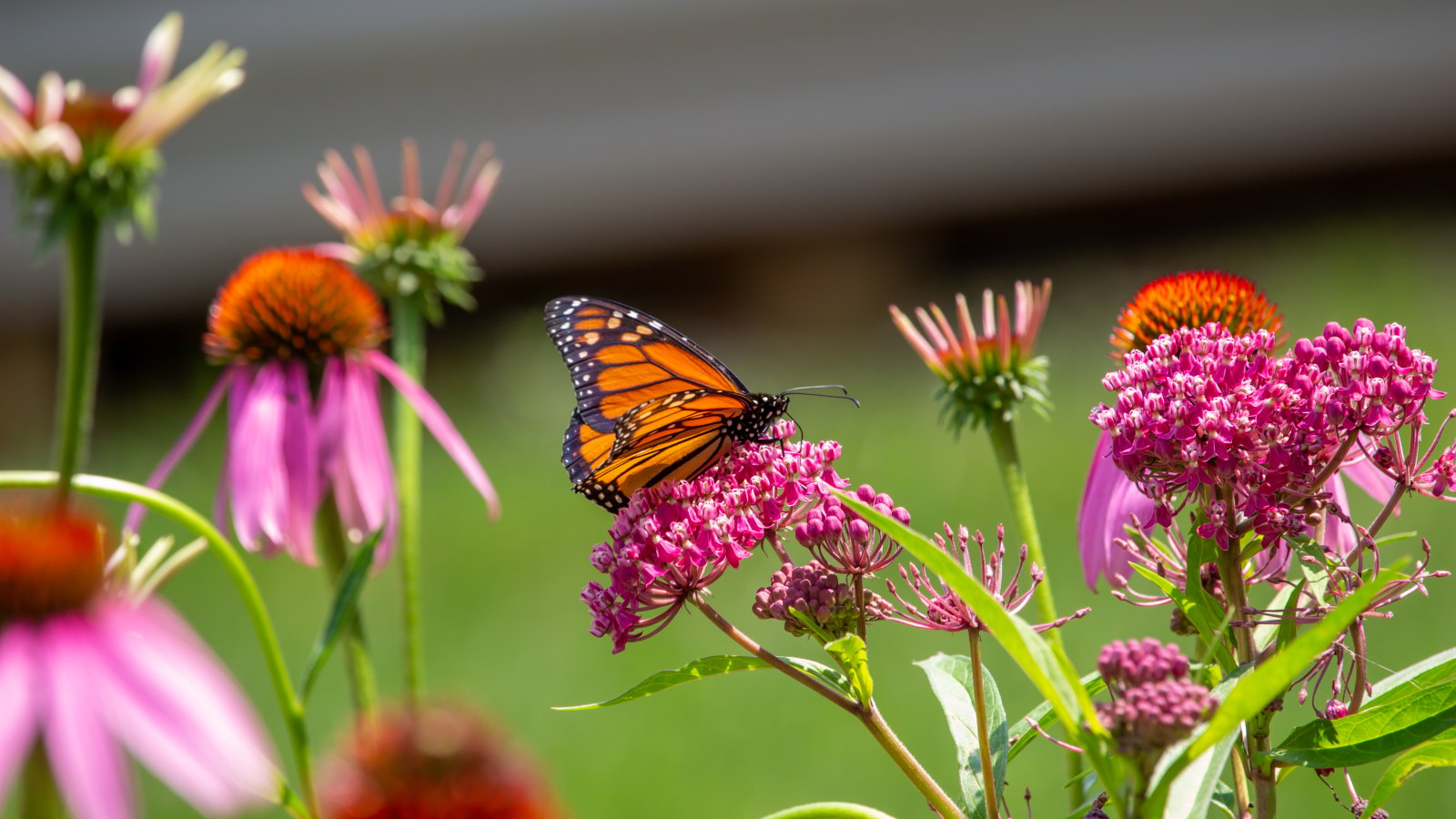 7 native perennials to plant in April – for glorious flowering displays to attract bees, butterflies, and hummingbirds
7 native perennials to plant in April – for glorious flowering displays to attract bees, butterflies, and hummingbirdsDiscover some of the best perennials to plant in April to make your garden a hotspot for wildlife
By Drew Swainston Published
-
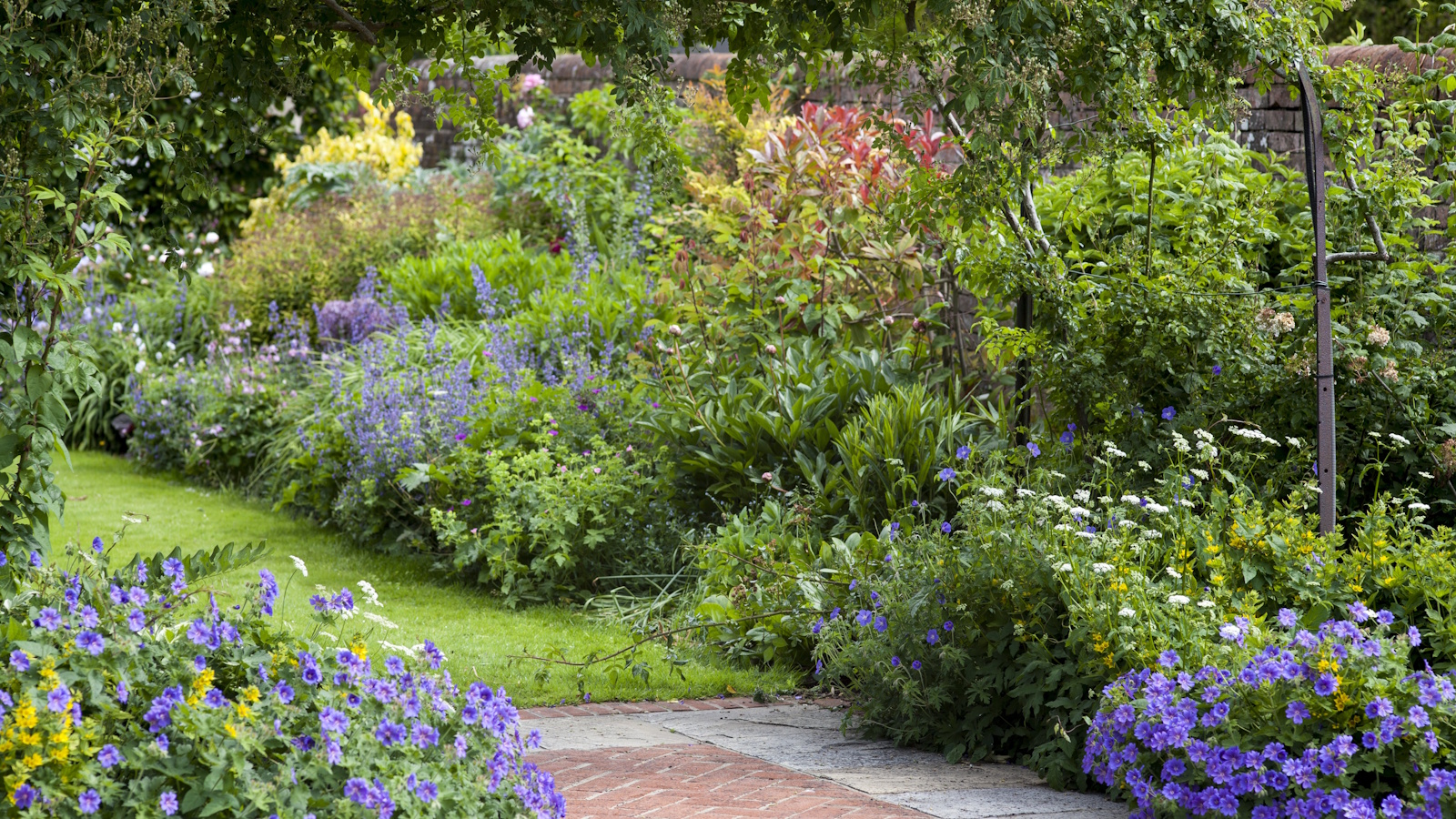 Is the viral salt hack the secret to a weed-free patio? A garden expert warns of irreparable, long-term damage – plus reveals the safest way to get results
Is the viral salt hack the secret to a weed-free patio? A garden expert warns of irreparable, long-term damage – plus reveals the safest way to get resultsYou might have seen gardeners on TikTok or Instagram using salt to kill weeds in pavers, but this hack should be avoided at all costs
By Thomas Rutter Published
-
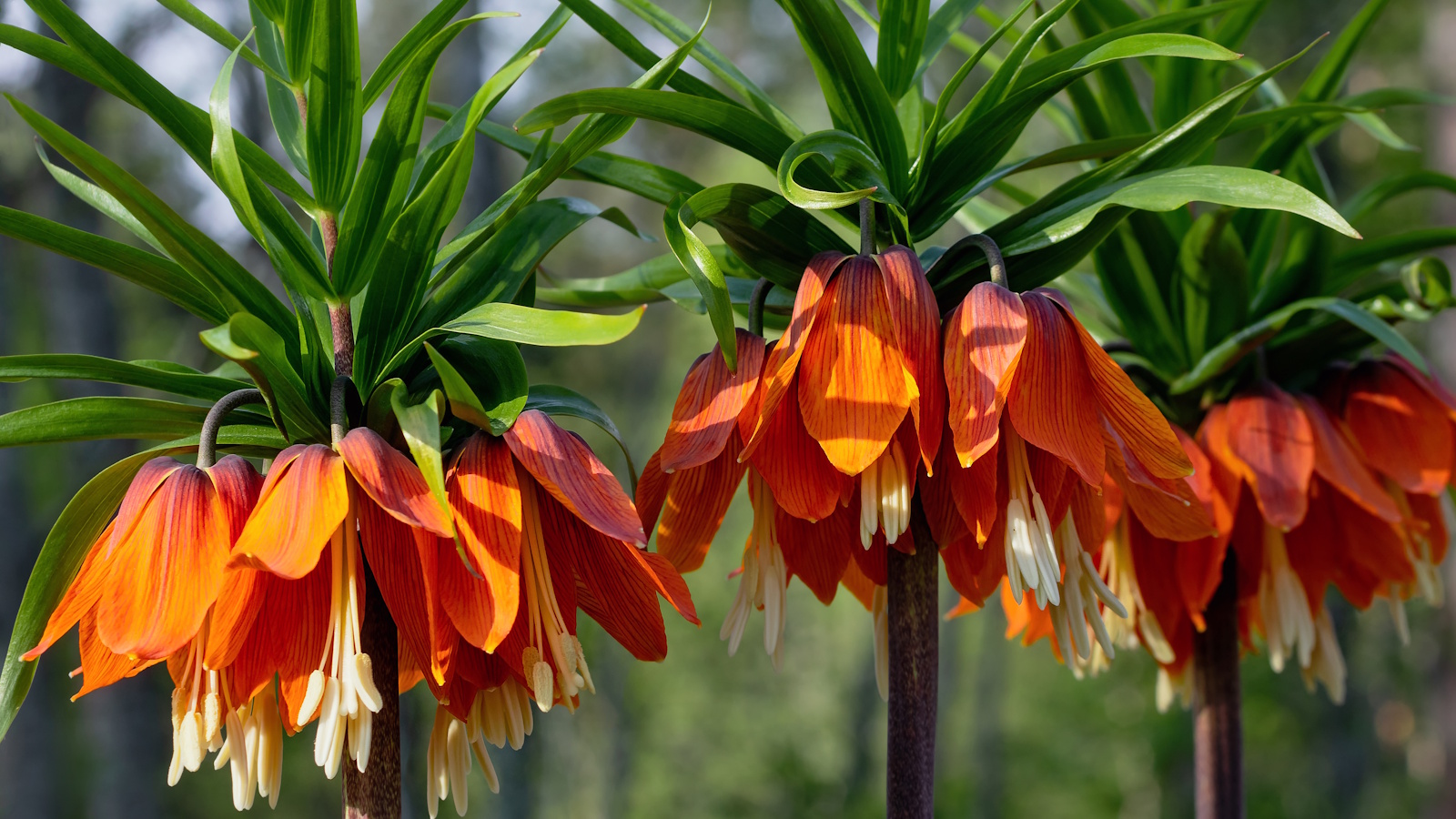 Worst-smelling plants to avoid – experts reveal 5 pungent species and suggest perfumed options to grow instead
Worst-smelling plants to avoid – experts reveal 5 pungent species and suggest perfumed options to grow insteadThese are some of the worst-smelling plants that can cause quite a stink
By Thomas Rutter Published
-
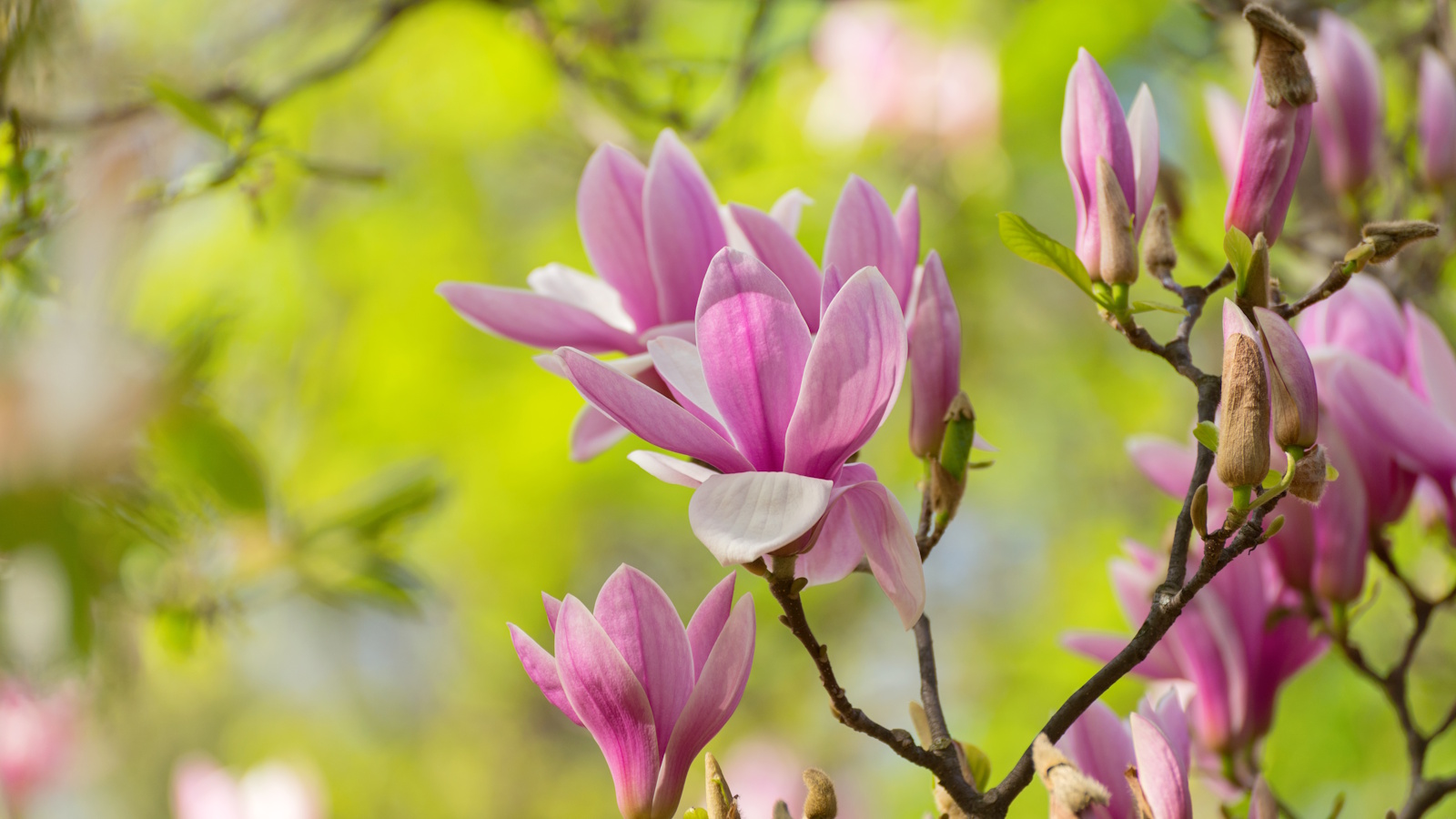 How to fertilize magnolias – garden experts reveal the secrets to better blooming, and timing is critical
How to fertilize magnolias – garden experts reveal the secrets to better blooming, and timing is criticalMagnolias are famed for their spring flowers, and feeding at the right time can give trees a boost
By Thomas Rutter Published
-
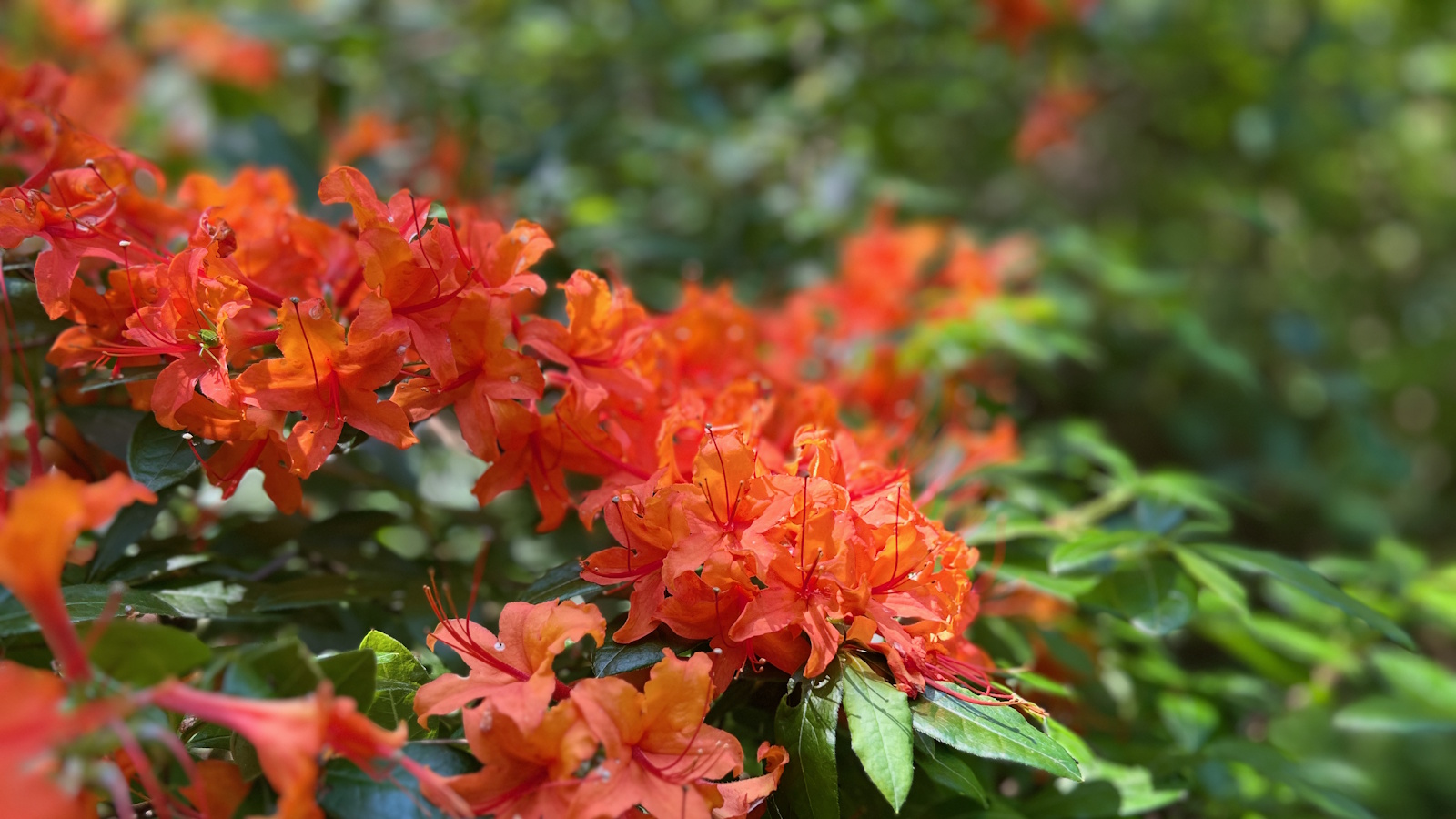 How to revive old rhododendron plants – pruning advice from a professional gardener to save your struggling shrubs
How to revive old rhododendron plants – pruning advice from a professional gardener to save your struggling shrubsWith the right pruning approach, you can rejuvenate old and woody rhododendrons
By Thomas Rutter Published
-
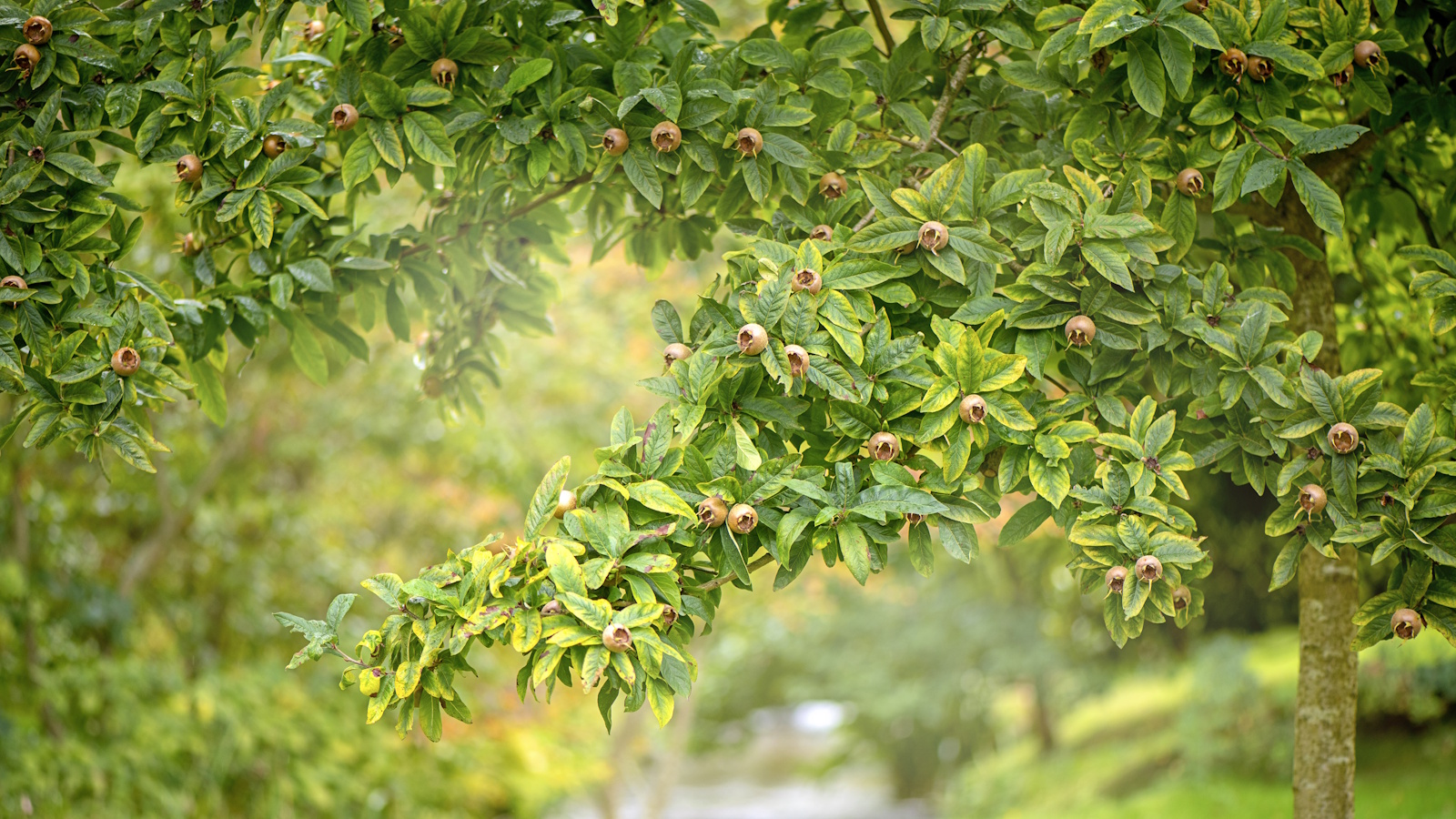 How to grow medlar trees – to enjoy a harvest of unusual fruits from this forgotten heritage species
How to grow medlar trees – to enjoy a harvest of unusual fruits from this forgotten heritage speciesMedlar fruits were once a popular delicacy, yet today, they are a rare find
By Thomas Rutter Published
-
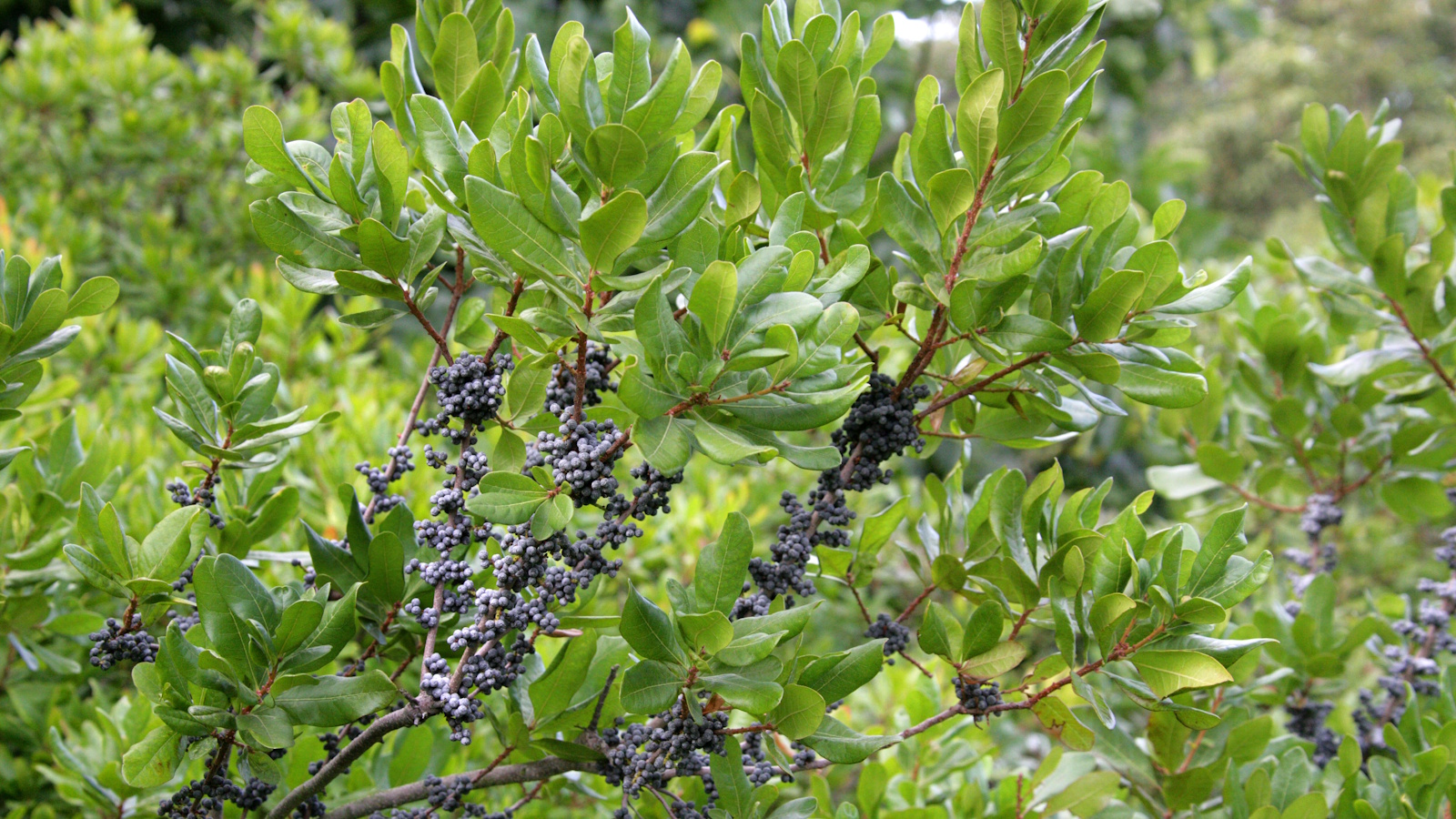 Best fragrant shrubs – 5 perfumed plants to transform garden borders and pot displays this summer
Best fragrant shrubs – 5 perfumed plants to transform garden borders and pot displays this summerGrow one or more of the best fragrant shrubs to add a sensory element to your yard
By Thomas Rutter Published
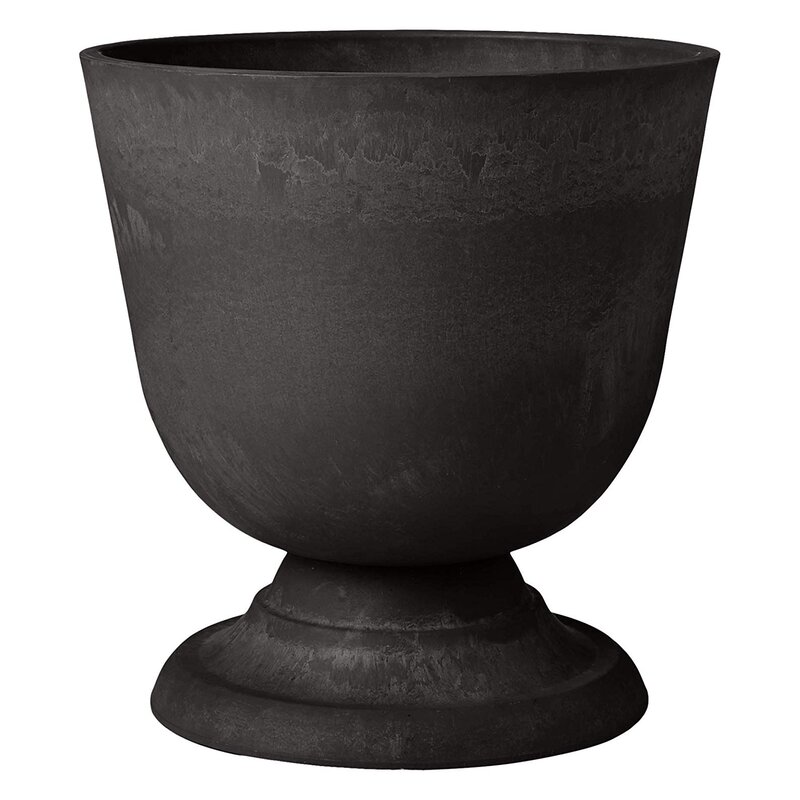
![Greenwood Nursery: Live Perennial Plants - Madame Galen Trumpet Creeper Vine + Campsis × Tagliabuana - [qty: 2x Pint Pots] - (click for Other Available Plants/quantities)](https://cdn.mos.cms.futurecdn.net/juwDu7eiyrtWRSNZScuvgC.jpg)